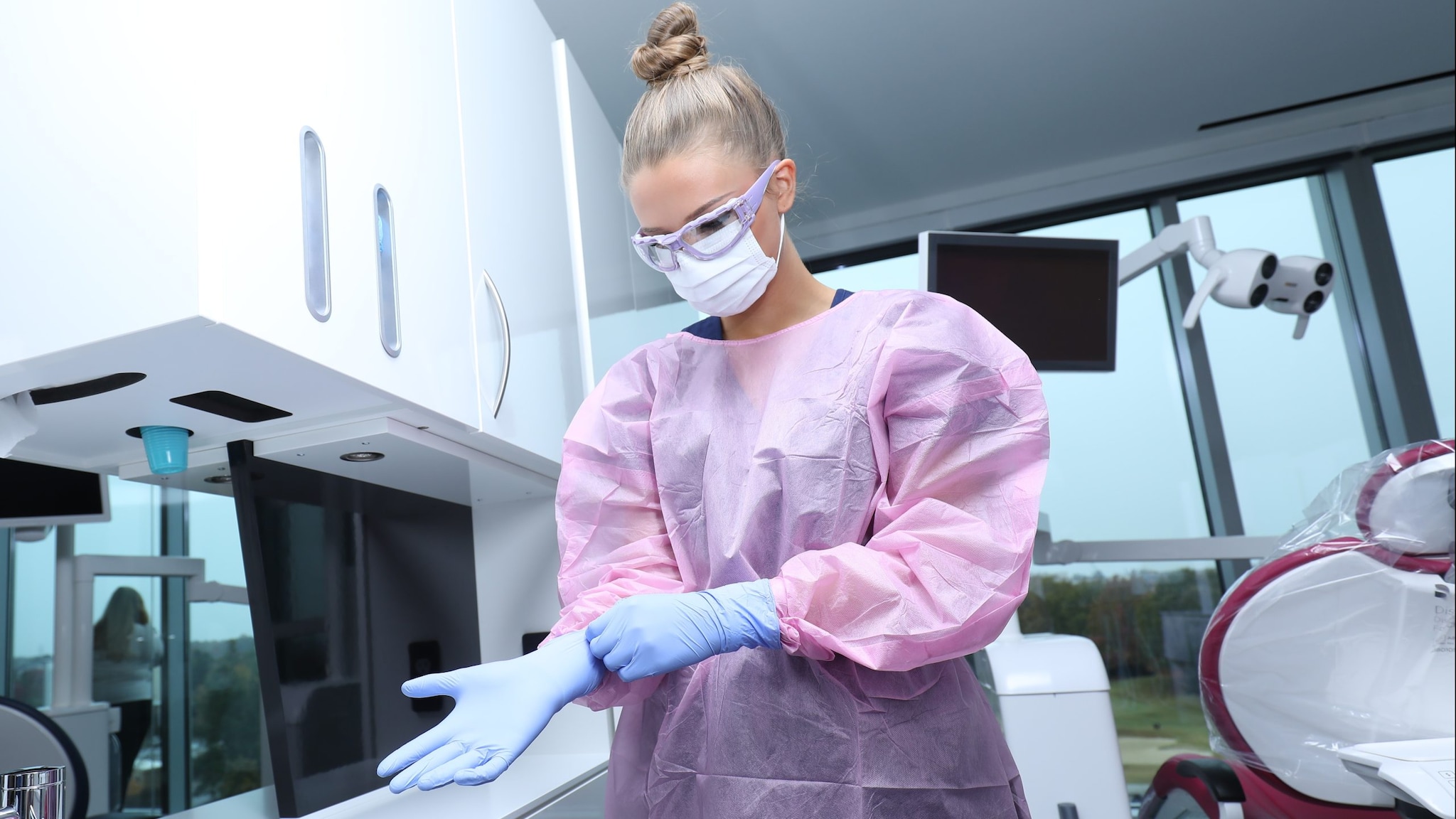At a glance
These best practices provide information on a range of topics relevant to clinical dentistry.

Overview
More about the information presented can be found in the Guidelines for Infection Control in Dental Health-Care Settings—2003, the Summary of Infection Prevention Practices in Dental Settings: Basic Expectations for Safe Care, and other CDC guidelines.
These guidelines are applicable wherever dental care is provided. This includes traditional settings such as private dental practices, dental clinics, dental schools and educational programs (including dental assisting, dental hygiene, and laboratory), as well as nontraditional settings that often use portable dental equipment, such as clinics held in schools for sealant and fluoride placement and in other sites for humanitarian dental missions.
Reminder
Why is infection prevention and control important?
Following recommended infection prevention and control procedures can prevent transmission of infectious organisms among patients and dental health care personnel.
This video, from CDC's Foundations: Building the Safest Dental Visit training, shows how both patients and dental health care personnel can be exposed to a variety of infections during dental treatment.
